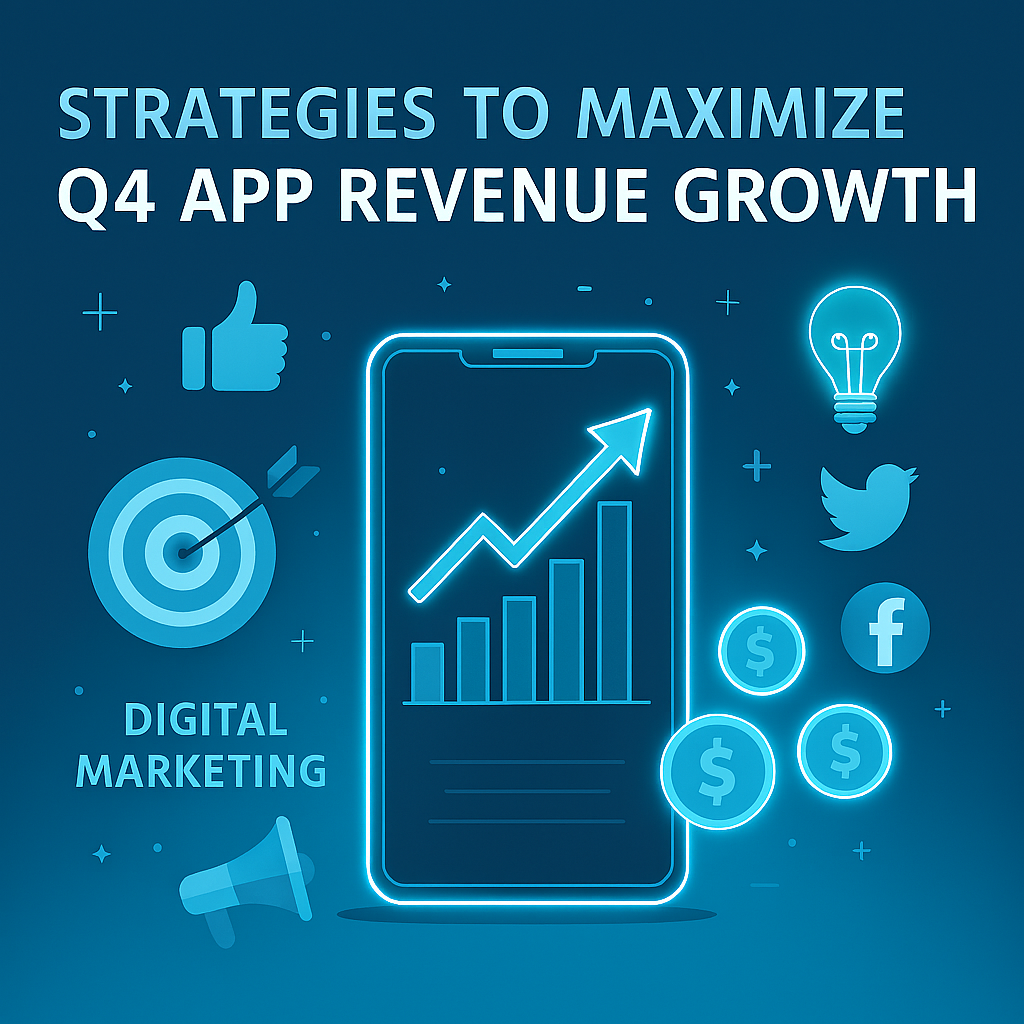In app install campaigns, app developers partner with sources like ad networks, DSPs and affiliate networks to acquire new users for their apps by showing them ads. Advertisers pay their UA partners through 2 different pricing models: CPI and CPA.
Both models help achieve the goals of growth and profitability; however we’re observing a common trend about the choice between CPI and CPA in our advertisers’s user acquisition strategy. And it has to do also with the difference between gaming and non gaming apps.
Before diving deeper into the subject, let’s take a step back and discuss briefly what CPI and CPA are.
Mobile user acquisition: CPI or CPA ?
CPI stands for cost per install, which is the price advertisers pay their user acquisition sources for each install they generate through their activity.
It is calculated as the total cost of user acquisition activity divided by the number of new users acquired.
The payout is usually negotiated between advertisers and publishers, it may be either fixed or dynamic, and it depends on several factors such as:
- Platform (iOS vs Android)
- Country
- App category
On the other hand, CPA stands for cost per action, where an action may be any post-install event generated by users. In-app purchases, registration, transactions are all examples of in-app events that can be chosen as payable conversions.
Even when running CPI app campaigns, advertisers can optimize their user acquisition activity towards a target eCPA. Such a metric, which is known as equivalent CPA, is achieved by dividing the total cost of user acquisition by the number of desired in-app events generated.
User acquisition for gaming apps: CPI & ROI
Going back to the reason behind this article, here at Mapendo we see that mobile game developers work almost exclusively with CPI campaigns. This means faster optimization by app marketers and the chance to scale volumes of new users. However, there is a big caveat, which is ROI.
Indeed, gaming apps developers always optimize user acquisition towards profitability, trying to make the most out of any new user acquired. They often leverage predictive analytics to measure the LTV of new users based on their behavior in-app, and to predict the overall ROI of the app install campaign.
How can ad networks and DSPs help increase ROI ? Mapendo does it by optimizing the media buying towards high-quality users, those who make in-app purchases, which are the main monetization source for mobile games*.
We leverage ML algorithms to analyze contextual signals and increase CTr and click-to-install rate. Then, we play with creatives and formats in order to improve quality. For instance, we know that video ads and playable ads, despite their high placement cost, increase user engagement and LTV.
*that is not always true for hyper-casual games, which are usually easy and free to play, with minimalistic user interface and little to no effort required from users. This game category monetizes mainly through in-app ads, shown to players; that’s why their focus is on user growth and huge volumes rather than quality.

User acquisition for non gaming apps: CPA rules
Most non gaming apps instead choose CPA for their user acquisition strategy. The goal is to avoid wasting money on users who download the app without then generating revenues.
That’s why they set as payable conversions in-app events like subscriptions, purchases, registrations and many other events related to their business goals and monetization strategy.
While CPA has always been a part of the mobile user acquisition ecosystem, now it has increased its popularity, driven by the strong pursuit of profitability over volumes.
This shift makes it harder to achieve huge volumes of conversions, especially when the payable events are very late in the user funnel inside the app.
Furthermore, the optimization process towards in-app events takes more time compared to the one focused on installs, due to the lower amount of available data.
Wrap Up
Whether or not the distinction between gaming apps and non gaming apps, related to the pricing model, will be permanent, it’s too early to say. It’s becoming evident though, that app developers, of both gaming and non gaming apps, are now more than ever looking for profitability over volumes.
CPI app campaigns for mobile games, designed to meet strict ROI-related KPIs, are indeed very similar to CPA campaigns. User acquisition sources responsible for bringing in huge volumes of new users may be subject to budget cuts, in favor of better performing sources in terms of user quality.
Moving forward, ROI-related metrics will be more and more dominant, making user acquisition companies rethink their optimizations strategies. User in-app behaviour will become the most important source of information, and privacy-centric updates and restrictions will make it all even more difficult and unpredictable.




















